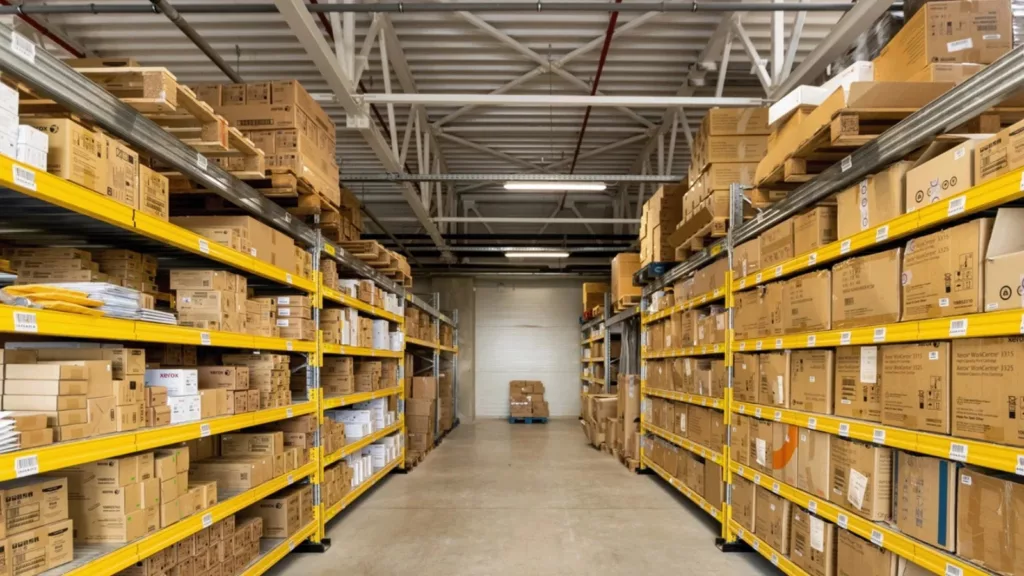In today’s rapidly evolving business landscape, effective warehousing service are crucial for companies to meet the growing demands of their customers. However, the terminologies associated with these services, such as fulfillment center, warehouse, and distribution center, are often used interchangeably, leading to confusion. In this article, we will delve into the differences between these three key components of the supply chain, shedding light on their unique roles and functions.
Warehousing Service
A warehousing service refers to the management and storage of goods within a facility. It involves the receipt, handling, and storage of products in a secure and organized manner. Warehousing services focus on optimizing inventory management, ensuring proper stock rotation, and maintaining the condition and integrity of the goods.

Warehouse
A warehouse serves as a dedicated storage facility where goods are stored for various durations, depending on the specific requirements of a business. It acts as a central hub for inventory management and plays a vital role in supporting the overall supply chain. A warehouse typically offers services such as product sorting, inventory control, packaging, and order fulfillment.
Key points about warehouses:
- Warehouses are primarily used for storage purposes.
- They often cater to long-term storage needs.
- Warehouses provide a controlled environment to safeguard goods from damage or theft.
- Warehouses may offer additional services like quality control, kitting, and labeling.
Distribution Center
A distribution center (DC), also known as a fulfillment center or a logistics center, is an essential component of the supply chain that focuses on the efficient and timely movement of goods. Unlike warehouses, distribution centers are strategically located to facilitate the rapid distribution of products to various destinations. Their primary objective is to ensure that products reach customers in the shortest possible time while minimizing transportation costs.
Key points about distribution centers:
- Distribution centers act as intermediaries between manufacturers and customers.
- They receive products from multiple suppliers, consolidate them, and distribute them to different locations.
- Distribution centers are strategically positioned to optimize transportation routes and reduce delivery times.
- They offer value-added services such as order fulfillment, packaging customization, and reverse logistics.

Warehousing and Distribution Service
Warehousing and distribution services combine the functions of both warehousing and distribution centers to provide end-to-end logistics solutions. This comprehensive service caters to businesses seeking a seamless integration of storage, inventory management, and product distribution.
Key points about warehousing and distribution services:
- They offer a complete solution, handling storage, order processing, and distribution under one roof.
- These services streamline the supply chain by eliminating the need for multiple service providers.
- Warehousing and distribution services can be tailored to specific industry requirements, ensuring efficient operations and improved customer satisfaction.
- They leverage technology and automation to optimize processes, enhance visibility, and minimize errors.
Conclusion
While warehousing service, warehouse, and distribution center are all integral parts of the supply chain, they serve distinct purposes. Understanding the differences between these terms is crucial for businesses aiming to optimize their logistics operations. By leveraging the appropriate services, companies can streamline their inventory management, improve order fulfillment efficiency, and ultimately enhance customer satisfaction.
Remember, whether you require short-term storage, quick order fulfillment, or end-to-end logistics support, choosing the right service provider such as Fulfillmen is vital to meet the unique needs of your business.
